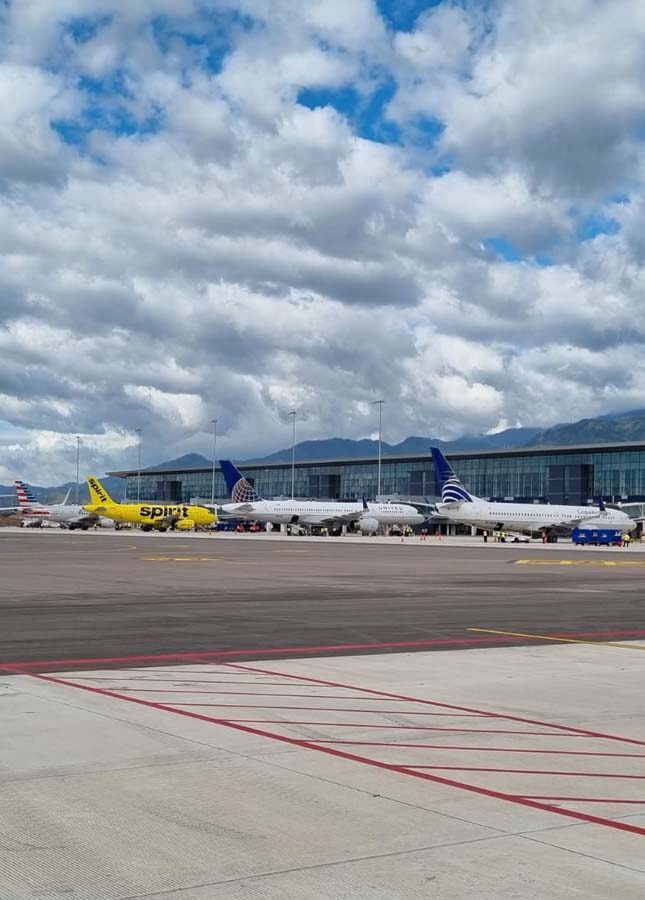1. Introduction
Comayagua Palmerola International Airport, situated in Honduras, serves as a pivotal gateway for air travel in the region. Its strategic location contributes to its importance as a key transportation hub, connecting travelers to various destinations with efficiency and convenience.
2. Location
Nestled in the scenic landscapes of Comayagua, Palmerola International Airport stands as a vital transportation node in Central America. Surrounded by lush greenery, the airport provides a serene backdrop for passengers, creating a welcoming environment for both domestic and international flights.
3. History
Born from the legacy of Soto Cano Air Base, a US military installation, Palmerola transformed into a civilian aviation hub. This public-private partnership project aimed to boost Honduras’ connectivity, infrastructure, and economic growth.
4. Facilities
Boasting a sleek, modern terminal spanning 39,000 square meters, Palmerola offers ample space for passenger comfort and efficiency. Duty-free shops, restaurants, lounges, and business centers catering to diverse traveler needs.
5. Airlines and Destinations
Leading airlines like Spirit, Avianca, Delta, and American Airlines connect Palmerola to destinations across the Americas, including major cities in the US, Mexico, Central America, and Colombia.
6. Transportation Infrastructure
Convenient roadways and designated taxi stands ensure smooth connections to Comayagua and onward journeys. Future plans include a potential railway integration, further enhancing accessibility.
7. Cargo Facilities
Palmerola’s state-of-the-art cargo terminal with dedicated warehouses and advanced technology positions Honduras as a competitive player in regional air cargo logistics.
